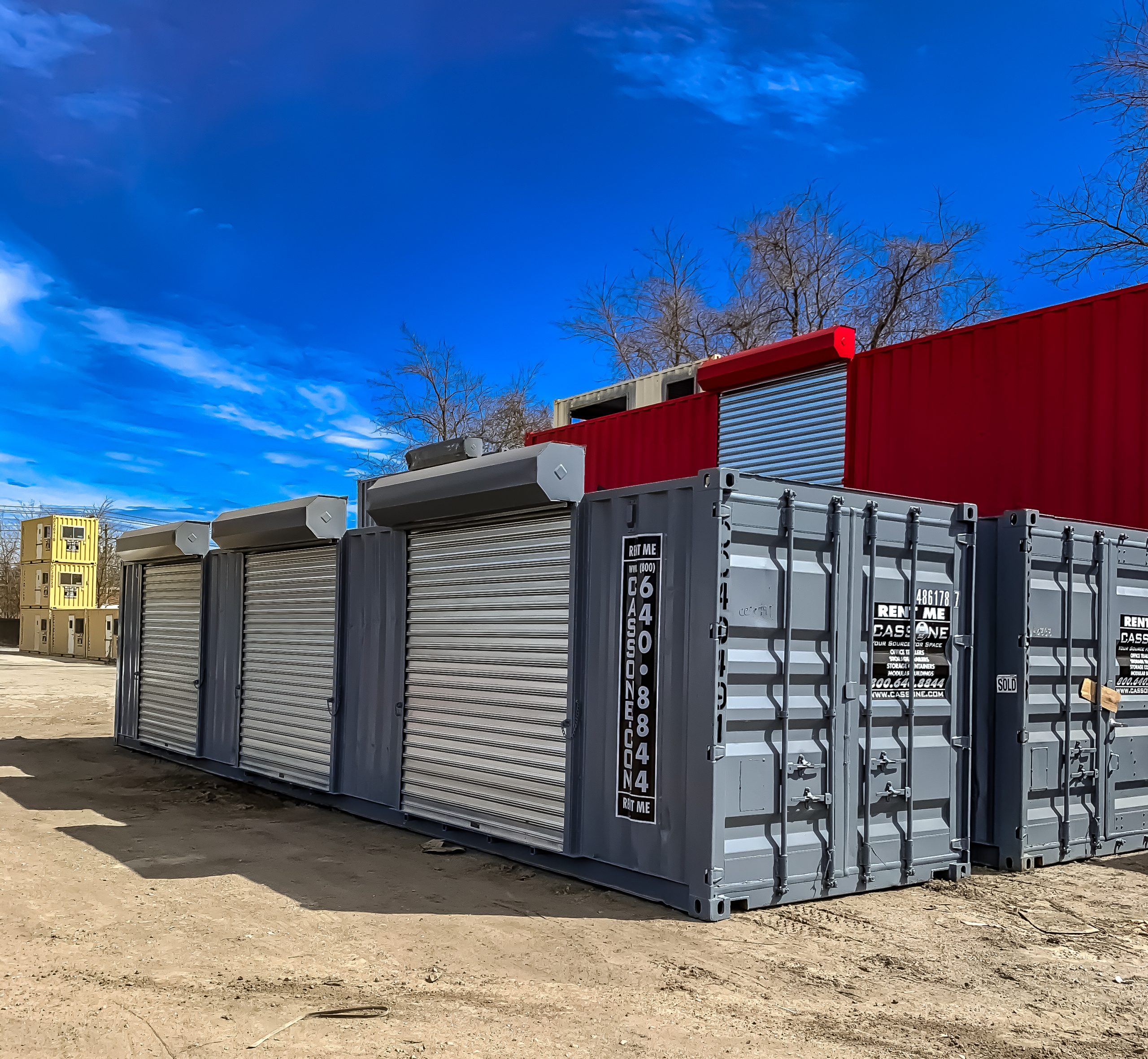:strip_icc()/GettyImages-533463890-174ce9247d714a48b5a9ab31608fe14b.jpg) ar.inspiredpencil.com ```html
ar.inspiredpencil.com ```html Introduction: Building Your Own Birdhouse Want to attract feathered friends to your garden? Building a birdhouse is a rewarding DIY project that's both fun and beneficial for local wildlife. This guide will walk you through the steps of creating a simple, functional birdhouse.
Materials and Tools You'll Need
- Untreated wood (pine, cedar, or redwood are good choices)
- Saw (hand saw or power saw)
- Drill with various drill bits (including a forstner bit if desired)
- Screws or nails
- Measuring tape or ruler
- Pencil
- Sandpaper
- Wood glue (optional, but recommended)
- Safety glasses
- Hearing protection (if using power tools)
Step 1: Cutting the Wood Pieces First, decide on the size of your birdhouse. A good starting point is:
- Front & Back: 6 inches wide x 8 inches high
- Sides: 6 inches wide x 6 inches high (tapered at the top – see Step 2)
- Bottom: 6 inches wide x 6 inches deep
- Roof (2 pieces): 6 inches wide x 7 inches deep (provides a slight overhang)
Step 2: Tapering the Side Pieces The side pieces need to be tapered to create a sloping roof. On each side piece, measure 1 inch down from the top edge on one side. Draw a line from that point to the opposite top corner. Cut along this line. Now you have two tapered side pieces.
Step 3: Drilling the Entrance Hole On the front piece, choose a spot for the entrance hole. The size of the hole will determine which birds can use the birdhouse. A 1 1/2 inch hole is suitable for wrens, chickadees, and nuthatches. Drill the hole using a forstner bit (for a clean, professional look) or a standard drill bit. Position the hole about 2 inches from the top.
Step 4: Assembling the Birdhouse Apply wood glue to the edges of the bottom piece. Attach the front, back, and side pieces to the bottom, forming a box. Secure with screws or nails. Ensure the pieces are aligned and the box is square.
Step 5: Attaching the Roof Apply wood glue to the top edges of the front, back, and side pieces. Attach the two roof pieces, overlapping them slightly at the top if desired. Secure with screws or nails. The roof should overhang slightly to protect the entrance from rain.
Step 6: Adding Ventilation and Drainage Drill a few small holes (about 1/4 inch) in the bottom of the birdhouse for drainage. This will prevent water from accumulating inside. Also, drill a few small holes near the top of the side walls for ventilation.
Step 7: Sanding and Finishing (Optional) Sand down any rough edges or splinters. You can leave the birdhouse unfinished, or you can apply a non-toxic, water-based sealant or paint to protect it from the elements. Avoid bright colors, which can deter birds.
Step 8: Mounting the Birdhouse Choose a suitable location for your birdhouse. A tree branch, post, or the side of a building are all good options. Secure the birdhouse with screws or wire, making sure it's stable and protected from predators.
Conclusion: Enjoy Your New Birdhouse! Congratulations! You've built your own birdhouse. Now, sit back and enjoy watching the birds move in and make it their home. Remember to clean out the birdhouse annually after nesting season to keep it sanitary for future residents.
``` Contemporary Modern Home
:strip_icc()/GettyImages-533463890-174ce9247d714a48b5a9ab31608fe14b.jpg) ar.inspiredpencil.com
ar.inspiredpencil.com Beautiful Contemporary Living Room Design
 www.diningandlivingroom.com
www.diningandlivingroom.com 26 Modern Living Rooms Ideas For A Sleek And Inviting Gathering Space
 www.pinterest.com
www.pinterest.com ![The 14 best storage units in toronto [2022]](https://i0.wp.com/torontoblogs.ca/wp-content/uploads/2022/04/surface-image-cart-with-cardboard-boxes-empty-hall-self-storage-facility-copy-space.jpg) torontoblogs.ca ```html
torontoblogs.ca ```html  www.cassone.com
www.cassone.com  barbaraiweins.com
barbaraiweins.com  cedarshed.com Here's a step-by-step guide on how to build a shed with a mounted TV, focusing on essential steps and considerations.
cedarshed.com Here's a step-by-step guide on how to build a shed with a mounted TV, focusing on essential steps and considerations.  www.gazebocreations.com
www.gazebocreations.com  www.gazebocreations.com
www.gazebocreations.com  www.mecalux.com
www.mecalux.com  facts.net
facts.net  www.flickriver.com
www.flickriver.com  www.alamy.com
www.alamy.com  pixnio.com ```html
pixnio.com ```html  pxhere.com
pxhere.com  www.midwestfarmreport.com
www.midwestfarmreport.com  geology.com
geology.com  www.freeimages.com
www.freeimages.com  www.hubcap-tire-wheel.com
www.hubcap-tire-wheel.com  www.shedsfirst.co.uk
www.shedsfirst.co.uk  matrixmetalworkslv.com
matrixmetalworkslv.com  myoutdoorplans.com
myoutdoorplans.com  outbuildings.ca
outbuildings.ca  www.pinterest.com
www.pinterest.com  stylesatlife.com
stylesatlife.com :strip_icc()/bhg-2024-exterior-paint-8364340-e1d481fb0a0e480ea3c929b10a01e55b.jpg) adiyadaline.pages.dev
adiyadaline.pages.dev  www.mineralienatlas.de
www.mineralienatlas.de  www.dutchcrafters.com
www.dutchcrafters.com  shedwork.blogspot.com
shedwork.blogspot.com